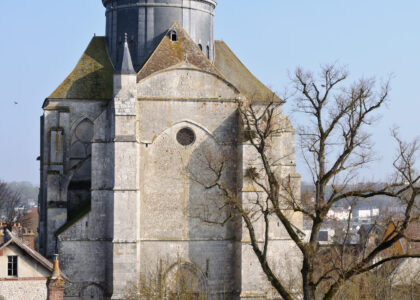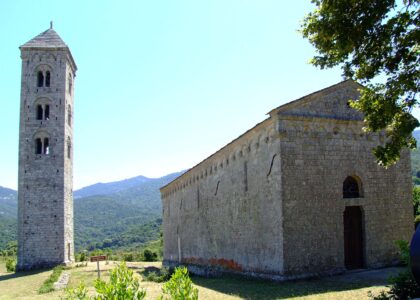Welcome to the Brethren Heritage Association, located in Brethren, Michigan. This establishment serves as a museum dedicated to preserving the rich history and heritage of the Brethren community. The story of Brethren begins in the early 20th century when a group of settlers, primarily German Baptist Brethren, established the town in 1900. This community, part of the Schwarzenau Brethren tradition, was deeply rooted in the principles of Anabaptism, emphasizing pacifism and a simple, communal way of living.
The Brethren Heritage Association was founded to celebrate and document the history of these early settlers. The museum itself, a log cabin structure, stands as a testament to the logging industry that was pivotal in the town’s early economy. The association captures the community’s evolution from its humble beginnings to a bustling settlement during the logging boom.
One of the notable figures associated with Brethren is Alexander Mack, the founder of the Schwarzenau Brethren. Although he never visited Brethren, his influence is deeply felt through the religious and cultural practices of the community. Another key figure is Anthony Norris Groves, an early leader in the Plymouth Brethren movement, which shares theological roots with the Schwarzenau Brethren.
Over the years, Brethren evolved from a logging town into a community known for its religious and cultural heritage. The Brethren Heritage Association plays a significant role in preserving this history, offering visitors a glimpse into the lives of the settlers and the evolution of the town.
Through its exhibitions and collections, the museum provides insights into the broader historical context of the Brethren’s contribution to the religious landscape of America, particularly their role as part of the Anabaptist movement.
Visitors to the Brethren Heritage Association can expect to find stories that bring the past to life, from the struggles and triumphs of the early settlers to the community’s ongoing commitment to pacifism and communal living.





